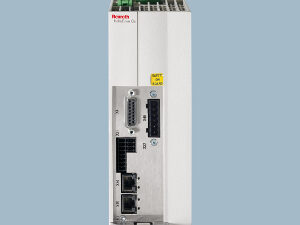Are the warnings working? Much has been written in the past few years about the state of industrial security and what manufacturers can and should be doing to protect business and control systems. With so much focus on prevention and remediation steps, here's a good news/bad news update on the state of industrial security.
Are the warnings working? Much has been written in the past few years about the state of industrial security and what manufacturers can and should be doing to protect business and control systems. With so much focus on prevention and remediation steps, here’s a good news/bad news update on the state of industrial security.
The good news is that industrial security incidents have been tapering off since 2003; the bad news: an increasing number of attacks are carried out via targeted worms and viruses created to gather and transmit privileged information, according to Eric Byres, P.Eng., British Columbia Institute of Technology (BCIT), an expert in the field of industrial cyber security. Byres delivered this information during the Invensys Process Systems user conference last month in Houston.
Based on data collected in the Industrial Security Incident Database at BCIT, Byres said that most industrial cyber security incidents from 1992 to 2001 were caused by internal accidents or disgruntled employees. Only about 27% of incidents were created externally. Between 2002 and 2005, however, 61% of incidents were caused by externally created worms, viruses, and other malware, as well as system penetrations. “The prevalence of accidental security breaches are still significant, but internal incidents overall are decreasing,” he said.
“My first thought upon seeing this uptick in external incidents was that the increase was due to more reporting,” Byres said. “But there was a shift in malware between 2001 and 2002. Before that time, viruses were largely email driven. After that, we began to see worms with no email requirements.”
The number of externally created malware incidents involving control systems now mirrors that seen in IT systems in general, according to Byres.
Greater adoption of Ethernet and TCP/IP in production operations has helped boost the number of industrial cyber-security breaches, Byres contends, but so has public awareness of SCADA. He cites a 2005 ToorCon event (a hacker and security-professional conference) that featured a presentation devoted to SCADA systems as evidence of this. While many attendees at these events are the type of people who hack systems for “fun,” Byres cautions that the bulk of hacking today is done for professional organized crime.
Byres advises companies to be proactive about patch and domain management, hardened server/workstation operating systems (OS), group policies, OS modularity (control systems don’t need all the bundled software that come with them, he says), and finding a secure DCOM replacement. “Most viruses and worms today focus on RPC/DCOM—the foundation of OPC,” says Byres.
While there’s been no news from OPC about a DCOM replacement, its Web site— www.opcfoundation.org —does offer seven downloads dealing with specific OPC security issues.
David Greenfield, Editorial Director



